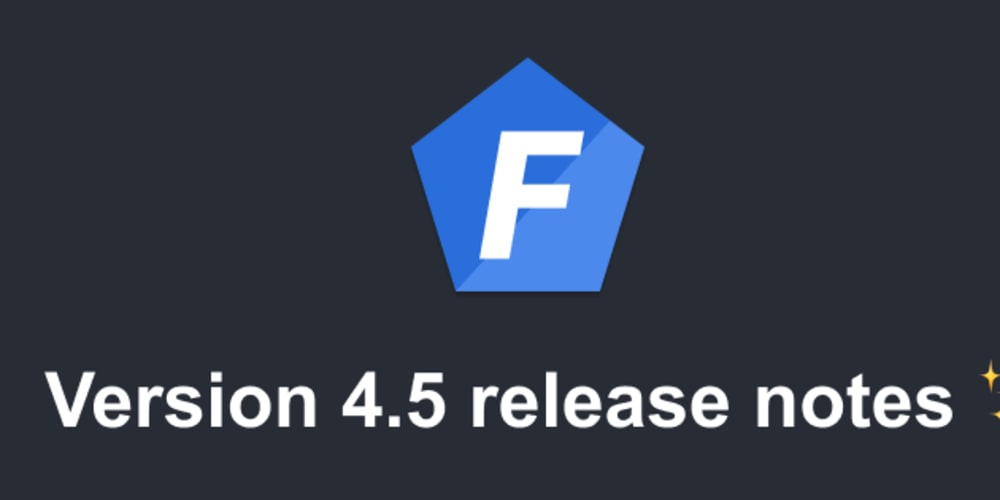<!DOCTYPE html>
Building CodeShift: A Comprehensive Guide
<br> body {<br> font-family: sans-serif;<br> line-height: 1.6;<br> margin: 0;<br> padding: 20px;<br> }</p> <div class="highlight"><pre class="highlight plaintext"><code> h1, h2, h3 { margin-top: 2em; } img { max-width: 100%; height: auto; display: block; margin: 20px auto; } code { font-family: monospace; background-color: #eee; padding: 5px; border-radius: 3px; } pre { background-color: #eee; padding: 10px; border-radius: 3px; overflow-x: auto; } .example { border: 1px solid #ccc; padding: 10px; margin-bottom: 20px; border-radius: 5px; } </code></pre></div> <p>
Building CodeShift: A Comprehensive Guide
Introduction
In the dynamic world of software development, codebases are constantly evolving. As features are added, bugs are fixed, and technologies are updated, the codebase can become complex and difficult to manage. CodeShift comes to the rescue, providing a powerful mechanism for safely and efficiently transforming codebases, making them cleaner, more consistent, and easier to maintain.
CodeShift is essentially a programmatic approach to code refactoring. It allows you to define rules that automatically detect and modify specific patterns in your code. This automation is crucial for large-scale codebases where manual refactoring would be tedious, error-prone, and time-consuming.
Why Use CodeShift?
- Automated Code Refactoring: Saves countless hours of manual work by automating repetitive code transformations.
- Enforce Code Style and Standards: Ensure consistency across your entire codebase by automatically applying coding conventions.
- Modernize Legacy Code: Gradually upgrade outdated code to modern language features and best practices.
- Reduce Technical Debt: Identify and address code smells and anti-patterns, improving the overall health of your codebase.
- Improve Code Maintainability: By simplifying and standardizing code, future development and bug fixing become easier.
Key Concepts and Techniques
- Code Transformation Rules
At the heart of CodeShift lies the concept of transformation rules. These rules define how specific code patterns should be modified. They typically consist of two parts:
- Pattern Matching: This defines the code pattern that the rule should look for.
- Replacement Logic: This specifies how the matched code should be transformed.
For example, a rule could be defined to automatically convert all uses of the var keyword to const or let, enforcing modern JavaScript variable declarations.
CodeShift works by analyzing your codebase using a powerful parser and then applying the defined transformation rules. The parser breaks down the code into a tree-like structure called an Abstract Syntax Tree (AST).
Transformation rules operate on this AST, allowing you to manipulate the code structure and content with precision. Once the transformation is complete, CodeShift generates updated code, reflecting the applied rules.
Tools and Libraries
There are various tools and libraries available for implementing CodeShift, each offering unique features and capabilities. Some popular choices include:
-
**JavaScript:**
- **jscodeshift:** A widely used library for building code transformations. It provides a powerful API for working with ASTs and defining rules.
- **Codemod:** A command-line tool based on jscodeshift, making it easy to run code transformations on your project.
-
Python:
- **LibCST:** A Python library for parsing and transforming Python code. It offers a comprehensive API for manipulating ASTs.
- **astunparse:** A tool for converting ASTs back into Python code, enabling you to generate updated code from transformations.
- Other Languages: CodeShift libraries are available for other languages as well, such as TypeScript, Java, and C++.
Example: Migrating from jQuery to Vanilla JavaScript
Let's illustrate CodeShift's power with a practical example: migrating a codebase from jQuery to vanilla JavaScript. This involves replacing jQuery DOM manipulation methods with native JavaScript equivalents.
Consider the following jQuery code:
$(document).ready(function() {
$('.my-element').click(function() {
$(this).addClass('active');
});
});
We can use CodeShift to automatically transform this code into its vanilla JavaScript equivalent:
// CodeShift rule definition
const j = require('jscodeshift');
module.exports = (fileInfo, api, options) => {
const j = api.jscodeshift;
const ast = j(fileInfo.source);
ast.find(j.CallExpression, {
callee: {
type: 'MemberExpression',
property: {
name: 'click'
}
}
}).replaceWith((path) => {
const element = path.node.callee.object;
const handler = path.node.arguments[0];
return j.expressionStatement(j.callExpression(
j.memberExpression(
element,
j.identifier('addEventListener')
),
[
j.literal('click'),
handler
]
));
});
return ast.toSource();
};
This rule identifies jQuery `click` events and replaces them with the native `addEventListener` method. It extracts the target element and the event handler, constructing a new call to `addEventListener`.
Running this rule on the original code would result in:
document.addEventListener('DOMContentLoaded', function() {
const elements = document.querySelectorAll('.my-element');
elements.forEach(element => {
element.addEventListener('click', function() {
element.classList.add('active');
});
});
});
Step-by-Step Guide to Using CodeShift
- **Install the Necessary Tools:** Begin by installing the required CodeShift library (e.g., jscodeshift, LibCST) and any other dependencies.
- **Define Transformation Rules:** Write code to create the transformation rules that will modify your codebase. Define the patterns to match and the replacement logic.
- **Run the Transformations:** Execute the CodeShift tool with your defined rules on your codebase. This will apply the transformations and generate updated code.
- **Test and Review:** After the transformation, thoroughly test your codebase to ensure that the changes were applied correctly and that there are no regressions. Carefully review the generated code to confirm that it meets your expectations.
Best Practices for Building CodeShift
- **Modularize Rules:** Separate your transformation rules into smaller, focused modules to improve readability and maintainability.
- **Unit Testing:** Write unit tests for your transformation rules to ensure they work correctly and produce the desired results.
- **Gradual Transformation:** Apply CodeShift transformations gradually to avoid overwhelming the codebase with too many changes at once.
- **Version Control:** Always work with version control to track changes and enable easy rollback if necessary.
Conclusion
CodeShift empowers developers to transform their codebases safely and efficiently. It automates repetitive and complex refactoring tasks, saving time and effort while improving code quality and maintainability. By understanding the core concepts, techniques, and available tools, you can leverage CodeShift to effectively modernize your codebases, enforce coding standards, and reduce technical debt.
Remember to approach CodeShift transformations thoughtfully, breaking them down into manageable steps and using best practices for rule creation and testing. By embracing CodeShift, you can elevate your codebases to new levels of efficiency, robustness, and future-readiness.


















